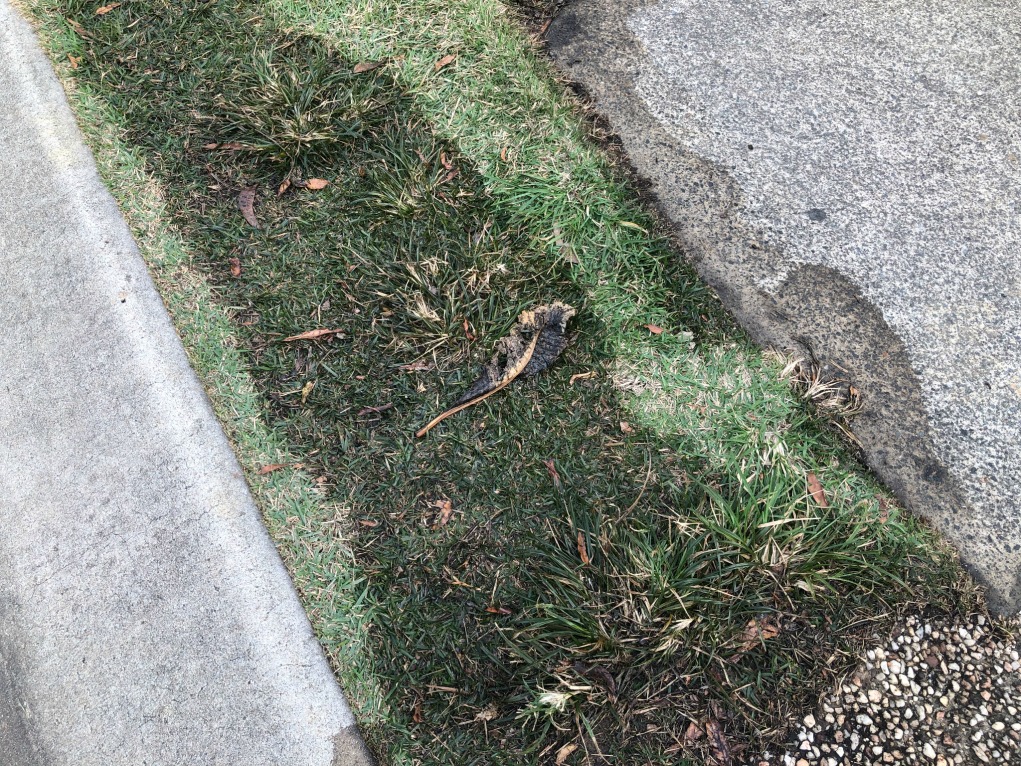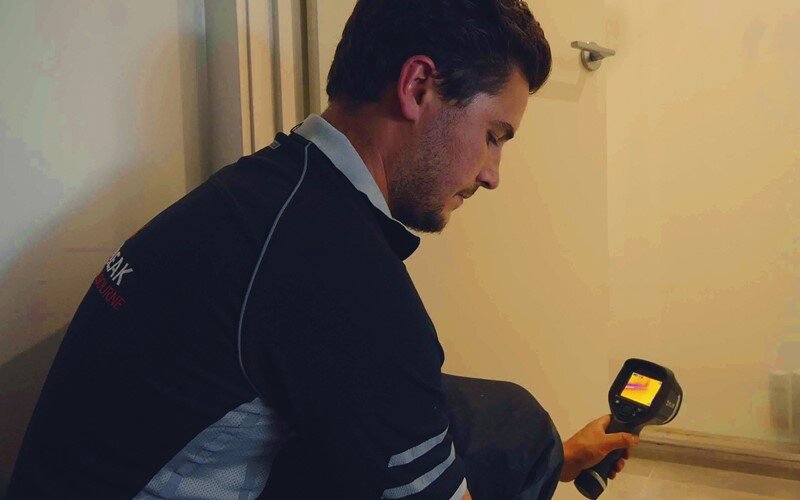Everybody has got their own unique conception on the subject of Detecting hidden plumbing leaks.

Early discovery of leaking water lines can alleviate a potential catastrophe. Some tiny water leakages may not be visible.
1. Examine the Water Meter
Every residence has a water meter. Inspecting it is a surefire manner in which helps you find leakages. For starters, shut off all the water resources. Make sure no person will purge, make use of the faucet, shower, run the cleaning machine or dishwashing machine. From there, most likely to the meter and watch if it will certainly change. Considering that no person is using it, there need to be no activities. That suggests a fast-moving leakage if it moves. If you detect no modifications, wait a hr or 2 as well as check back once again. This implies you might have a sluggish leak that could also be below ground.
2. Check Water Consumption
Evaluate your water expenses as well as track your water intake. As the one paying it, you should discover if there are any kind of inconsistencies. If you detect sudden changes, despite your consumption being the same, it indicates that you have leakages in your plumbing system. Bear in mind, your water costs ought to drop under the exact same array every month. A sudden spike in your bill suggests a fast-moving leak.
At the same time, a constant boost monthly, even with the same practices, shows you have a sluggish leak that's also gradually escalating. Call a plumber to thoroughly check your building, particularly if you feel a cozy location on your floor with piping beneath.
3. Do a Food Coloring Examination
When it comes to water usage, 30% comes from bathrooms. If the shade somehow infiltrates your bowl throughout that time without flushing, there's a leakage in between the container as well as bowl.
4. Asses Outside Lines
Don't forget to examine your outdoor water lines as well. Test faucets by connecting a yard pipe. Ought to water permeate out of the link, you have a loosened rubber gasket. Replace this and make sure all connections are limited. It will certainly assist obtain it professionally analyzed as well as kept annually if you've obtained a lawn sprinkler system. One tiny leak can throw away lots of water and also spike your water expense.
5. Examine and also Assess the Situation
Property owners need to make it a routine to inspect under the sink counters and also also inside closets for any type of bad odor or mold and mildew development. These 2 red flags suggest a leakage so timely focus is required. Doing routine inspections, also bi-annually, can conserve you from a significant issue.
More notably, if you recognize your residence is already old, maintain a watchful eye on your heating units, tubes, pipelines etc. Look for discolorations and deteriorating as most devices and also pipelines have a life span. They will certainly likewise normally weaken due to tear as well as put on. If you suspect dripping water lines in your plumbing system, do not wait for it to rise. Call an expert plumber right now so you do not wind up with an awful mess in your home.
Early detection of leaking water lines can mitigate a prospective catastrophe. Some tiny water leakages might not be visible. Checking it is a proven means that helps you find leakages. One tiny leakage can lose lots of water and also surge your water expense.
If you think leaking water lines in your plumbing system, don't wait for it to escalate.
WARNING SIGNS OF WATER LEAKAGE BEHIND THE WALL
PERSISTENT MUSTY ODORS
As water slowly drips from a leaky pipe inside the wall, flooring and sheetrock stay damp and develop an odor similar to wet cardboard. It generates a musty smell that can help you find hidden leaks.
MOLD IN UNUSUAL AREAS
Mold usually grows in wet areas like kitchens, baths and laundry rooms. If you spot the stuff on walls or baseboards in other rooms of the house, it’s a good indicator of undetected water leaks.
STAINS THAT GROW
When mold thrives around a leaky pipe, it sometimes takes hold on the inside surface of the affected wall. A growing stain on otherwise clean sheetrock is often your sign of a hidden plumbing problem.
PEELING OR BUBBLING WALLPAPER / PAINT
This clue is easy to miss in rooms that don’t get much use. When you see wallpaper separating along seams or paint bubbling or flaking off the wall, blame sheetrock that stays wet because of an undetected leak.
BUCKLED CEILINGS AND STAINED FLOORS
If ceilings or floors in bathrooms, kitchens or laundry areas develop structural problems, don’t rule out constant damp inside the walls. Wet sheetrock can affect adjacent framing, flooring and ceilings.
https://www.servicemasterbyzaba.com/blog/how-to-detect-water-leakage-in-walls/

As an enthusiastic reader about Locating water leaks, I assumed sharing that excerpt was important. Are you aware of anybody else who is excited about the subject? Please feel free to promote it. I praise you for your time. Come back soon.